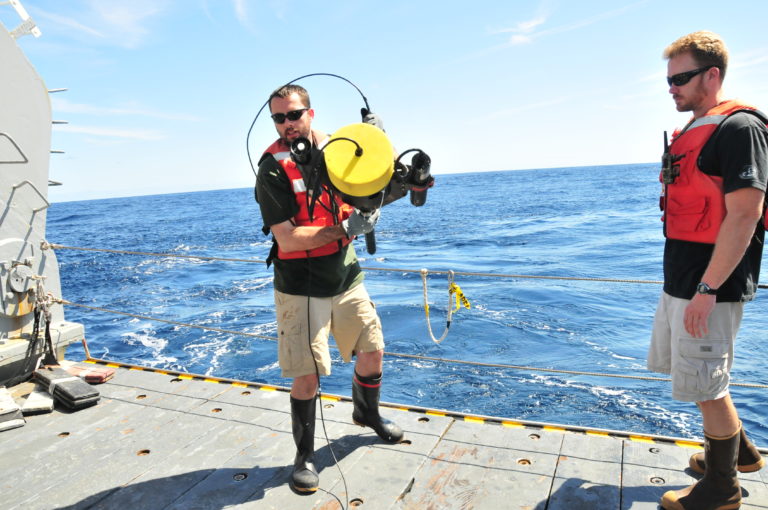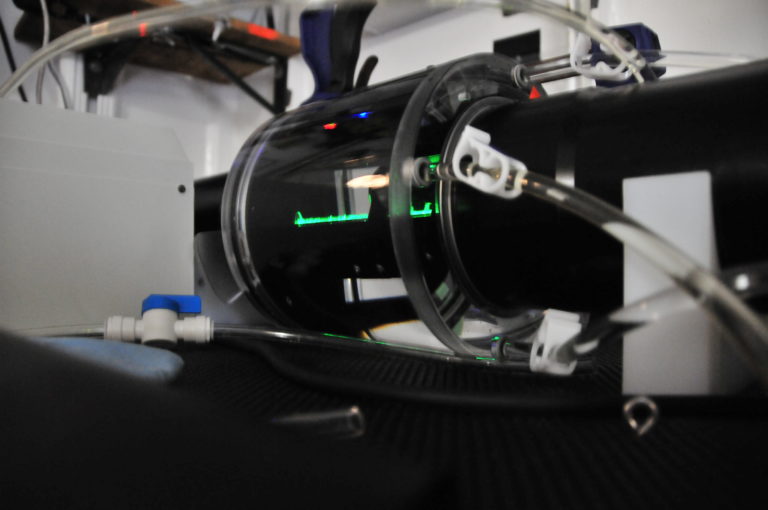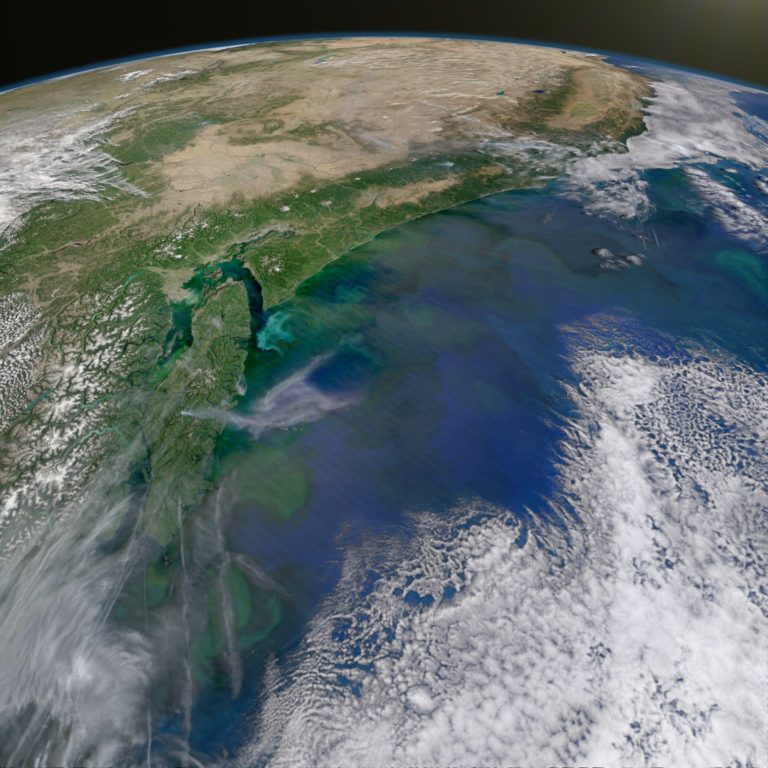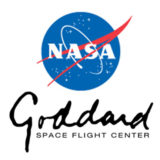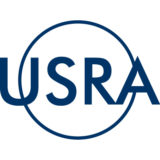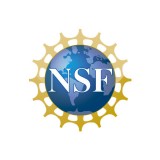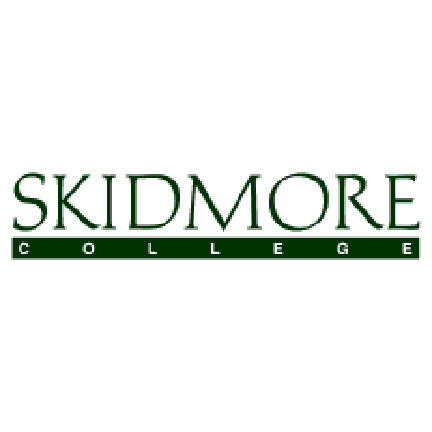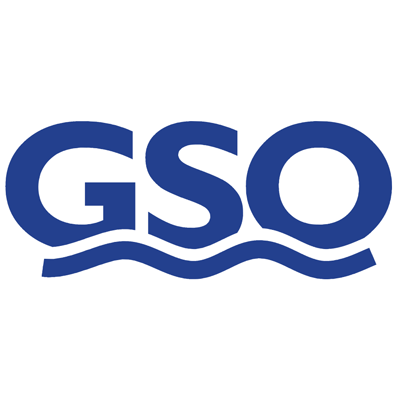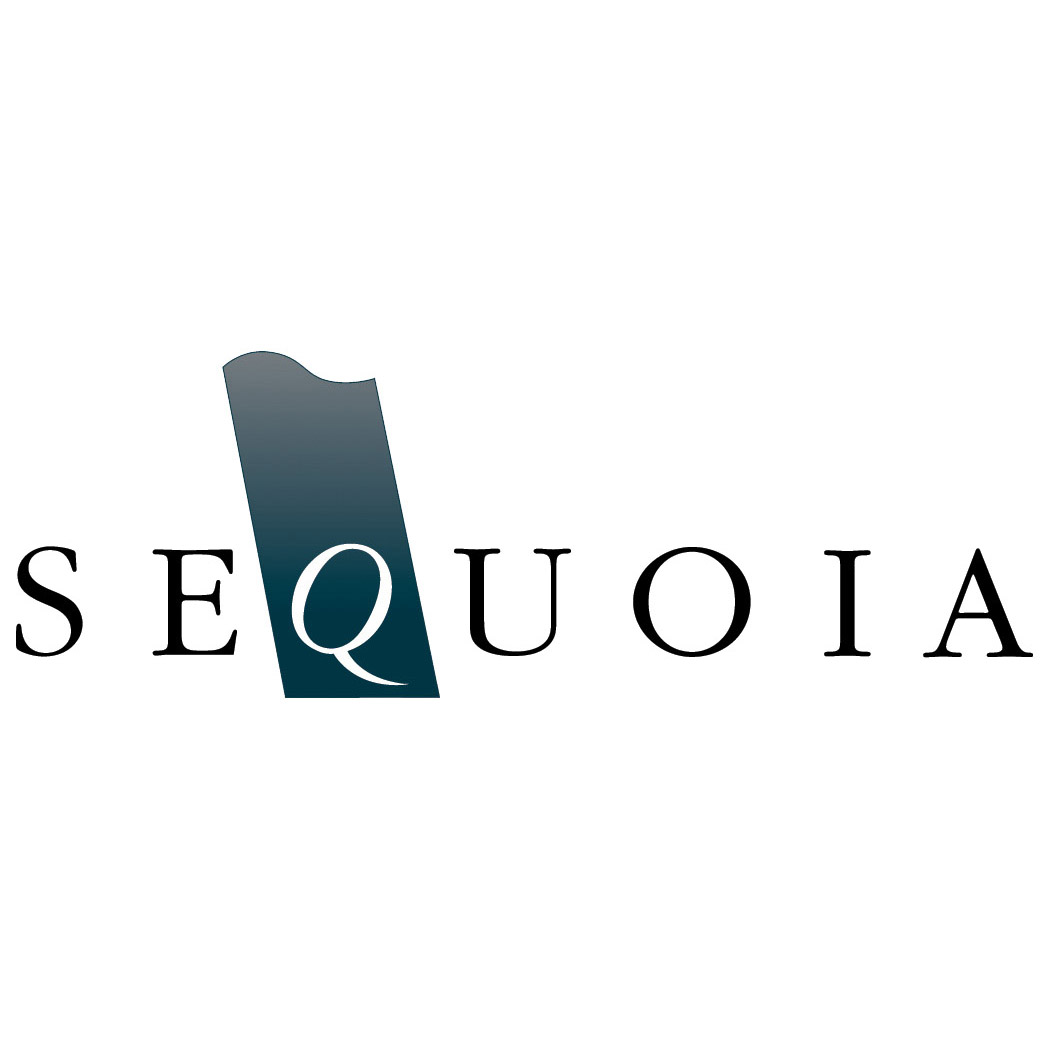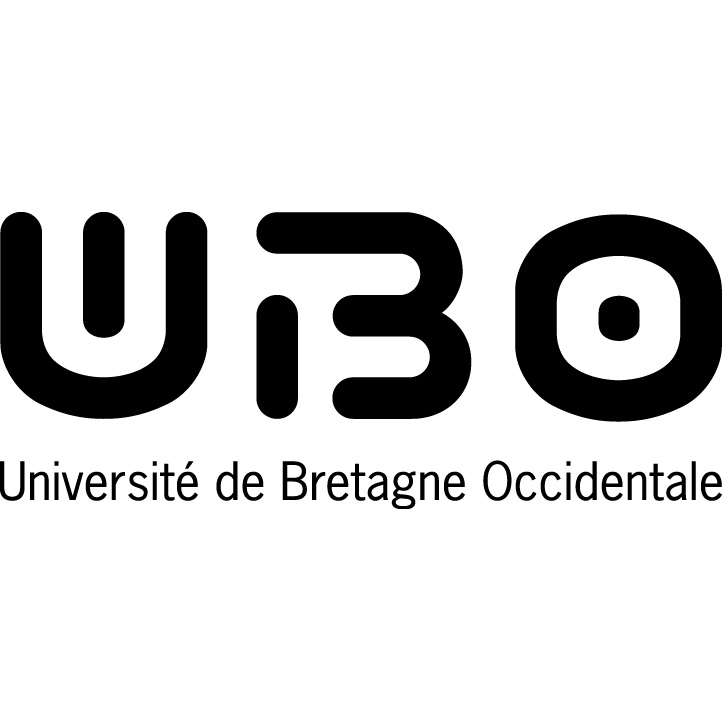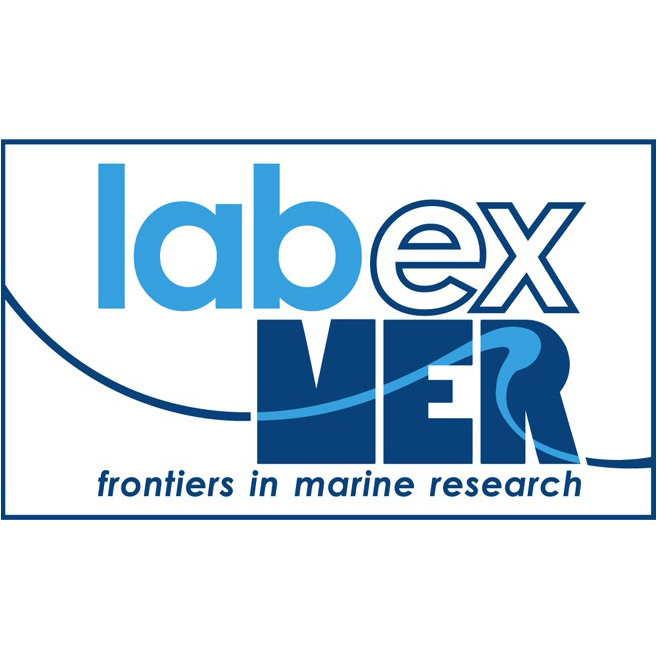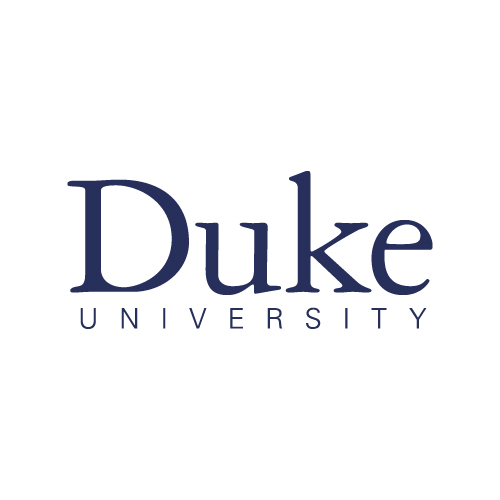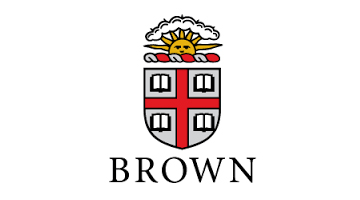“Particles” in the ocean are considered by scientists to be anything that is not dissolved. This could include dust, phytoplankton, fecal pellets, fish, and even logs or marine debris. Studying how these pieces of matter are spread out and grouped according to their size can provide insight to marine biodiversity, ecosystem health, and aspects of biogeochemical cycling, including the oceanic carbon cycle.
The Sea to Space Particle Investigation cruise will aim to improve the accuracy of particle size distribution products gathered from satellite and remote-sensing data records. These records contain critical information that can improve our understanding of how Earth’s living marine resources and carbon sequestration are responding to rising carbon dioxide levels as well as climate changes. The hope is that the application of instruments developed in conjunction with this expedition will allow an unprecedented view into the biological, geological, and chemical mechanics of the ocean – both in a local and global manner. The data collected and shared with the oceanographic community will lead to a transformative analysis understanding the roles of particle and plankton size in global biogeochemistry and other processes.
Understanding Uncertainties
Satellite measurements of particle size distributions (PSD) are essential for researchers to create models of global processes. Color images and visuals made by orbiting satellites show comprehensive views of marine spaces and ecosystems that cannot be gathered by conventional ship or aircraft sampling, due to logistic issues such as distance from land and budgetary restraints. However, satellite algorithms for estimating particle size distributions are largely unverified due to a lack of confirmed datasets – there needs to be more direct measurements taken at the areas being interpreted by visual information from afar. These uncertainties generally exist because there are not enough surface observations and measurements done on-site for particle size distributions along with concurrent information from satellites.
Recording Ground Truth
The inability to use remote-sensing (such as imagery gathered by orbiting satellites) with validated certainty deters a cohesive and trustworthy foundation for studies. If this constriction were removed, extrapolating remote-sensing into algorithms and other predictive methods could open massive advances in knowledge of ecosystem dynamics and the ocean’s role in global biological, geological and chemical processes. With the results of this research cruise, Dr. Ivona Cetinić from NASA Goddard Space Flight Center/USRA along with co-investigators Dr. Wayne Homer Slade, Dr. P. Jeremy Werdell, and Dr. Margaret Estapa are hoping to usher in such advances.
The science team will create a process for unmanned optical measurement of marine particle size distributions and connect them to accompanying carbon export measurements. They will use a prototype instrument to continuously measure surface marine optical properties and particle size distribution. The distributions will then be validated with distinct bio/geochemical and carbon flux measurements and shared through a NASA public data archive. The goal is to make the new data available quickly for development and validation of ocean color satellite algorithms. This will dramatically improve accuracy in remote sensing estimates of marine particle size distributions and computations derived from these estimates.
Transiting from Honolulu to Seattle aboard Falkor, the team will use several instruments and tools to gather and measure optical and biogeochemical data from particles. Some will use light to measure qualities such as backscatter (refraction from light scattering due to particles), others will physically collect or filter water, with a CTD rosette or sediment trap. Remote-sensing data will also be gathered by NASA and the United States Geological Survey at the same time, observing the same areas where the team is working.
Written by: Logan Mock-Bunting
The material is based upon work supported by NASA under award No. NNH11HP16A.
Data & Publications
The resulting shipboard dataset is bring archived at the Rolling Deck to Repository and is now available.
The following ocean color remote sensing data is now available:
You can also browse for data here, by searching by satellite name (as listed above), date of cruise, and/or Lat/Long: N: 48.08, S: 20.49, E: -125.14, W: -157.11
Geltrap micrographs and data from the deployed wirewalker are archived at BCO-DMO.
ADCP data is curated and archived by University of Hawaii.
- Walcutt, N., Knorlein, B., Sgouros, T., and Omand, M. (2017). Bringing Planktonic Holograms to Life with the YURT Ultimate Reality Theatre. Poster Presentation at the Rhode Island EPSCoR Research Symposium, Providence, RI, USA.
- Omand, M., Cetinic, I., and Lucas, A. (2017). Using Bio-optics to Reveal Phytoplankton Physiology from a Wirewalker Autonomous Platform. Oceanography 30(2):128-131, doi: 10.5670/oceanog.2017.233.
- Cetinic, I., et. al. (2017). Sea to Space Particle Investigation Expedition in the Pacific. Invited Lecture to NASA Goddard Space Flight Center, Sciences and Exploration Directorate Greenbelt, MD, USA.
- Cetinic, I., et. al. (2017). Sea to Space Particle Investigation. Poster Presentation at Ocean Carbon Biogeochemistry Summer Workshop, Woods Hole, MA, USA.
- Cetinic, I., et. al. (2017). Sea2Space. Invited Colloquium to NASA Goddard Space Flight Center, Education and Communication Greenbelt, MD, USA.
- Durkin, C. (2017). Linking Phytoplankton with Sinking Particles and Carbon Export. Invited Lecture to University of California Santa Cruz, Santa Cruz, CA, USA.
- Durkin, C., et al. (2017). Linking Surface Phytoplankton with Sinking Particles. Poster Presentation at CLIVAR/OCB Ocean Hotspots Workshop, Moss Landing, CA, USA.
- Durkin, C., et. al. (2017). Linking Surface Phytoplankton with Sinking Particles. Poster Presentation at Ocean Carbon Biogeochemistry Summer Workshop, Woods Hole, MA, USA.
- Knorlein, B. (2017). From Sea to Space: Application of Virtual Reality in Science. Invited Lecture to NASA Goddard Space Flight Center, Greenbelt, MD, USA.
- Ljubešić, Z. (2017). Development of Methods for the Phytoplankton Research in the Adriatic Sea. Invited Lecture to Croatian Academy for Sciences and Arts, Zagreb, CROATIA.
- Ljubešić, Z.. (2017). From Microscopes to Telescopes. Invited Lecture to University of Zagreb, Zagreb, CROATIA.
- Omand, M. (2017). Carbon Export Processes at Meso- and Submesoscales. Invited Lecture at Ocean Carbon Biogeochemistry Summer Workshop, Woods Hole, MA, USA.
- Omand, M. (2017). Diel Rhythms in Phytoplankton Physiology and Marine Snow Export Observed from a Wirewalker Autonomous Platform. Invited Lecture to Rutgers University, New Brunswick, NJ, USA.
- Omand, M. (2017). Diel Rhythms in Phytoplankton Physiology and Marine Snow Export Observed from a Wirewalker Autonomous Platform. Invited Lecture to University of Rhode Island, Narragansett, RI, USA.
- Schollaert Uz, S. (2017). Microscopic Life in a Moving Ocean. Invited Lecture to Baltimore Science Fiction Convention, Baltimore, MD, USA.
- Visic, H. (2017). Chemotaxanomic and Morphological Approach to Phytoplankton Analyses in Contrasting Trophic Systems of North Pacific. Masters of Science Thesis at the University of Zagreb.
- Walcutt, N., et. al. (2017). Assessment of Holographic Microscopy for Quantifying Marine Particles. Poster Presentation at Ocean Carbon Biogeochemistry Summer Workshop, Woods Hole, MA, USA.
- Walcutt, N., Knorlein, B., Sgouros, T., and M. Omand. (2017). Bringing Planktonic Holograms to Life with the YURT Ultimate Reality Theatre. Poster Presentation at Rhode Island EPSCoR Research Symposium, Providence, RI, USA.
- Bosak, S., et al. (2017). Phytoplankton Species Composition Contributing to Carbon Export - Sea to Space Particle Investigation. Poster Presentation at 11th International Phycological Congress, Szczecin, POLAND.
- Berthelot, H., Duhamel, S., L'Helguen, S., Maguer, J., Wang, S., Cetinic, I., and N. Cassar. (2018). NanoSIMS single cell analyses reveal the contrasting nitrogen sources for small phytoplankton. ISME, doi: 10.1038/s41396-018-0285-8.
- Walcutt, N., Knorlein, B., Sgouros, T., Cetinic, I., and Omand, M. (2019). Virtual Reality and Oceanography: Overview, Applications, and Perspective. Front. Mari. Sci. 6:644, doi: 10.3389/fmars.2019.00644.
- Walcutt, N., Knorlein, B., Cetinic, I., Ljubesic, Z., Bosak, S., Sgouros, T., et. al. (2020). Assessment of holographic microscopy for quantifying marine particle size and concentration. Limnol. and Oceanogr.: Methods, doi: 10.1002/lom3.10379.
- Durkin, C., Buesseler, K., Cetinić, I., Estapa, M., Kelley, R., and Omand, M. (2021). A Visual Tour of Carbon Export by Sinking Particles. Global Biogeochemical Cycles, 35:10, doi: 10.1029/2021GB006985. [This article has been published as OPEN ACCESS].
- Durkin, C., Cetinić, I., Estapa, M., Ljubešić, Z., Mucko, J., Neeley, A., and Omand, M. (2022). Tracing the Path of Carbon Export in the Ocean Through DNA Sequencing of Individual Sinking Particles, The ISME Journal, doi: 10.1038/s41396-022-01239-2. [This article has been published as OPEN ACCESS].
- Matek, A., Bosak, S., Supraha, L., Neeley, A., Visic, H., Cetinic, I. and Ljubesic, Z. (2023). Phytoplankton diversity and chemotaxonomy in contrasting North Pacific ecoystems. PeerJ 11, doi: 10.7717/peerj.14501. [This article has been published as OPEN ACCESS].
- Estapa, M., Durkin, C., Slade, W., Huffard, C., O'Neill, S., and Omand, M. (2023). A new, global optical sediment trap calibration. LImnol. Oceanogr. Methods. doi: 10.1002/lom3.10592. [This article has been published OPEN ACCESS].
In the News
Melissa Omand’s clever tech follows the fate of ocean carbon
Science News • September 21st, 2016
Skidmore professor spends 27 days in ocean researching with NASA
ABC News 10 • February 2nd, 2017
NASA Taking Stock of Phytoplankton Populations in the Pacific
NASA • February 3rd, 2017
NASA Taking Stock of Phytoplankton Populations in the Pacific
Phys.org • February 6th, 2017
New Technology Gives Insight to Ocean Color for NASA Satellites
Miami Herald • March 6th, 2017
New Technology Gives Insight to Ocean Color for NASA Satellites
Military Technologies • March 6th, 2017
New Technology Gives Insight to Ocean Color for NASA Satellites
Benzinga • March 6th, 2017
New Technology Gives Insight to Ocean Color for NASA Satellites
Environment Guru • March 16th, 2017
New Tech Gives Insight to Ocean Color for NASA Satellites
Marine Technology News • June 1st, 2017
Phytoplankton Research at Sea Using New Instruments
Sea Technology Magazine • June, 2017
Sea to Space Particle Investigation
GESTAR Newsletter • Winter 2017
A Changing Oceanscape: Carbon and Marine Ecosystems (Video)
The Ocean Carbon & Biogeochemistry Program • December 11th, 2017
